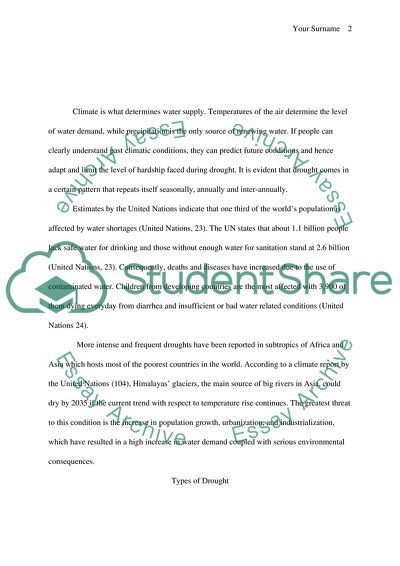Cite this document
(Drought and Bad Water Supply Coursework Example | Topics and Well Written Essays - 2000 words, n.d.)
Drought and Bad Water Supply Coursework Example | Topics and Well Written Essays - 2000 words. Retrieved from https://studentshare.org/environmental-studies/1573993-drought-and-water-supply
Drought and Bad Water Supply Coursework Example | Topics and Well Written Essays - 2000 words. Retrieved from https://studentshare.org/environmental-studies/1573993-drought-and-water-supply
(Drought and Bad Water Supply Coursework Example | Topics and Well Written Essays - 2000 Words)
Drought and Bad Water Supply Coursework Example | Topics and Well Written Essays - 2000 Words. https://studentshare.org/environmental-studies/1573993-drought-and-water-supply.
Drought and Bad Water Supply Coursework Example | Topics and Well Written Essays - 2000 Words. https://studentshare.org/environmental-studies/1573993-drought-and-water-supply.
“Drought and Bad Water Supply Coursework Example | Topics and Well Written Essays - 2000 Words”. https://studentshare.org/environmental-studies/1573993-drought-and-water-supply.


